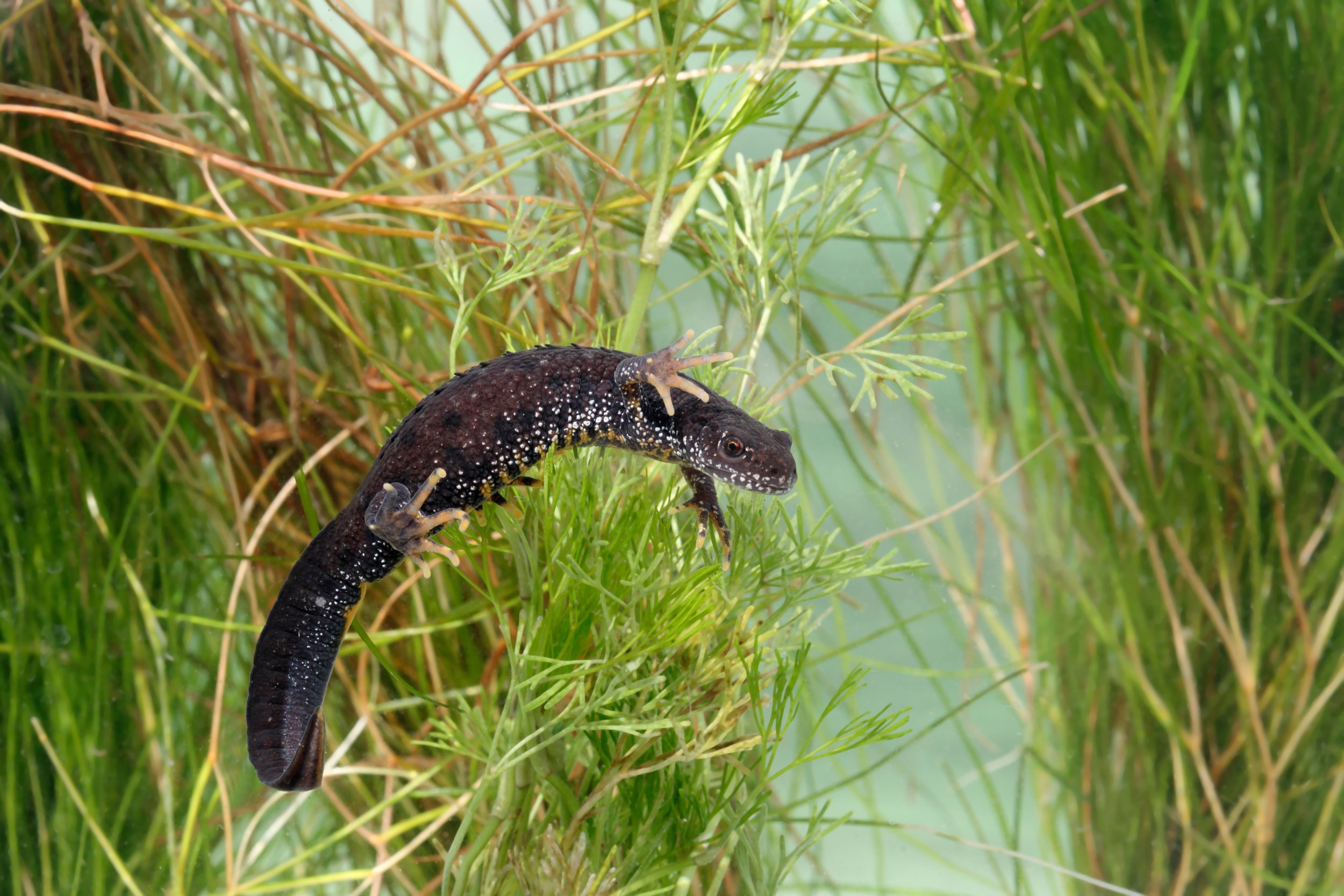Field Notes from a Placement Year: Newts, Maps and Magic
We're delighted to welcome Ellie, a BSc Conservation Biology and Ecology student from the University of Exeter, to The Ecology Co-op as part of her university placement year. Over the next six months Ellie will be gaining hands-on experience across a wide range of surveys and technical work, joining our ecologists in the field and behind the scenes. As part of her time with us, Ellie will be sharing monthly reflections in this blog series “Field Notes from a Placement Year'“ offering a student’s perspective on the world of ecological consultancy.
My name’s Ellie and I am a BSc Conservation Biology and Ecology student currently studying at the University of Exeter. I am very excited to be spending six months at The Ecology Co-op as part of my placement/industry year before I return to university to complete the rest of my degree in September. I chose to complete a placement year to provide some valuable field and industry experience, and ecological consultancy certainly ticks those boxes with a varied and diverse survey season with the accompanying technical work to get stuck into.
I am looking forward to updating The Journal with a blog post each month as a great way to share my experiences, learning, and highlights while working with the team!
Early survey experience
After taking some time to get settled I began to accompany the ecologists on various site visits. A large proportion of this time was spent conducting PEA’s (Preliminary Ecological Appraisals) where we complete a report to inform the client of the baseline ecological conditions of the site and whether further surveys will be required. This is also often accompanied by bat scoping surveys where trees and buildings are assessed according to their potential to support bats and whether bats are currently present, again informing future surveys. Shadowing these surveys is a brilliant opportunity as, due to the diversity of bats in the UK, there is so much to learn in this area.
Things learnt
These surveys have been great practise to do some plant species ID - no mean feat as a beginner during the winter! Desk work accompanies every site visit and to do this I have become increasingly familiar with MagicMaps, QGIS, Coreo, and databases within Microsoft Excel. All of which form an integral part of work as an ecologist, so I would suggest spending some time brushing up on these softwares while still studying at university to give yourself a head start!
Monthly highlights
A first of many surveys this month, but a definite highlight for me was taking part in the first Great Crested Newt (GCN) survey of the season. Several techniques can be used, with this survey using bottle trapping at dusk with checks taking place the following dawn. Despite not finding any GCN during this survey (five more will take place in the following months), it was great to see both male and female palmate and smooth newts up close. Although both these newt species can appear similar at a glance, there aremany distinguishing features once you know what to look for. For example male palmates have a filament tail and webbed hind feet, while male smooth newts have a crest and large black spots. Hopefully some GCN with reveal themselves in future surveys, but in the meantime I am looking forward to upcoming surveys while building on the skills I have learnt this month, and I can’t thank the team enough for their support so far.



